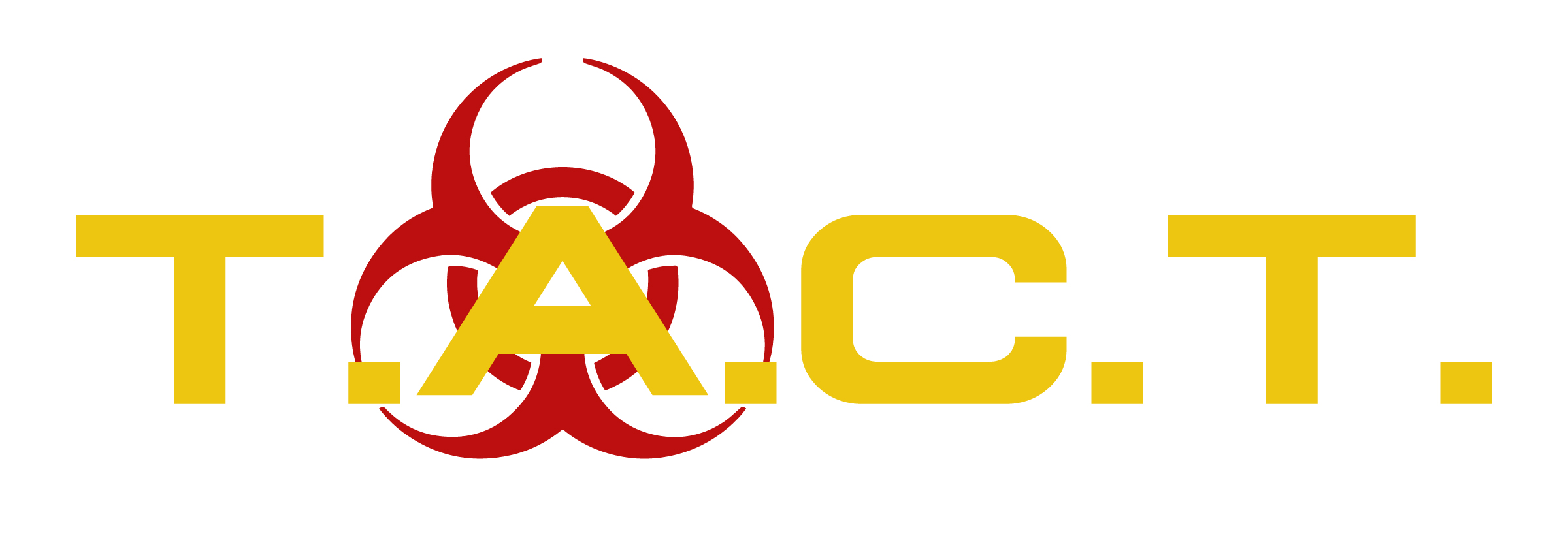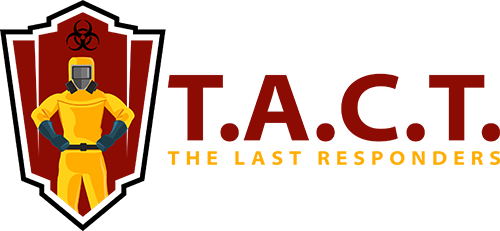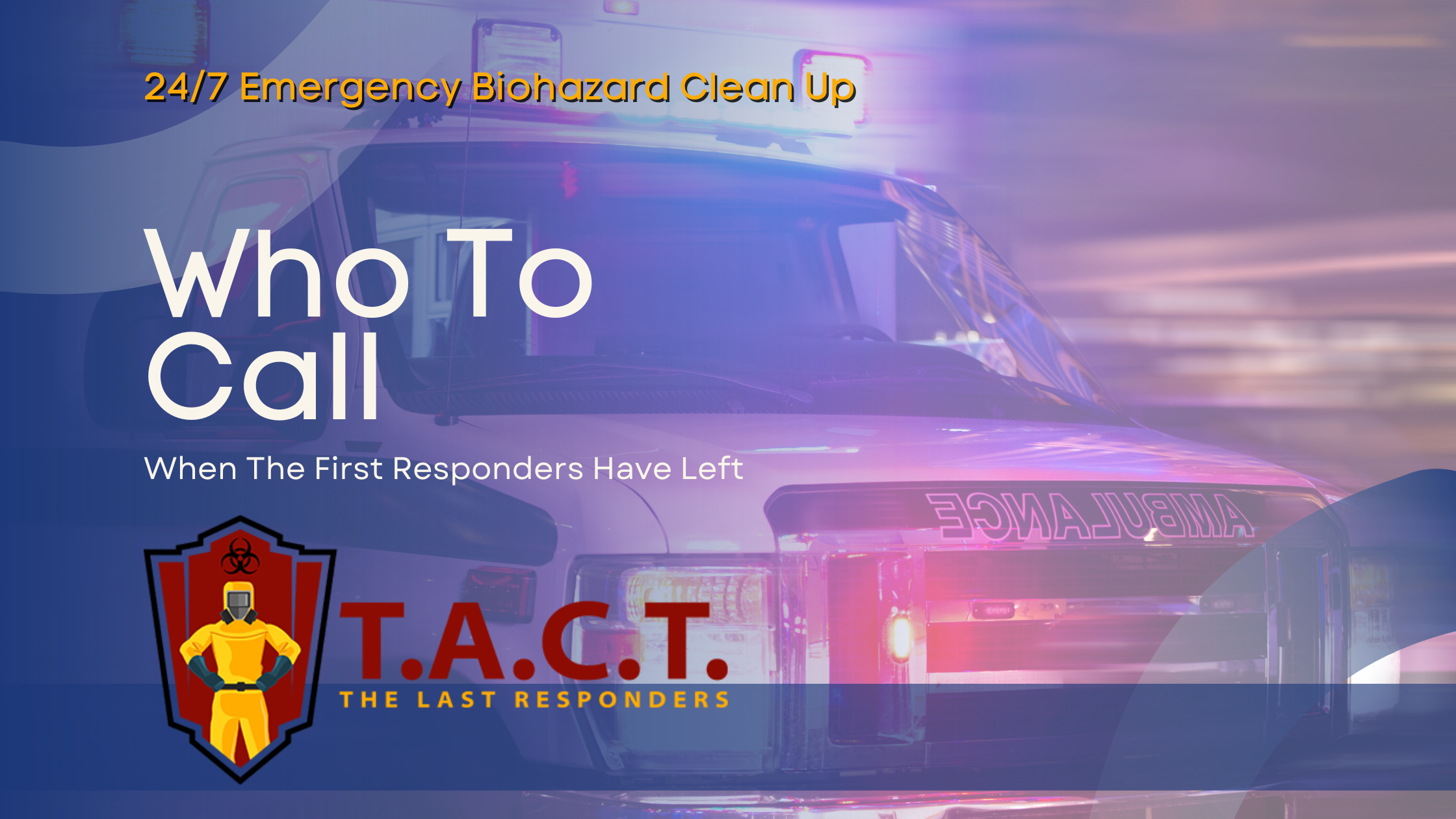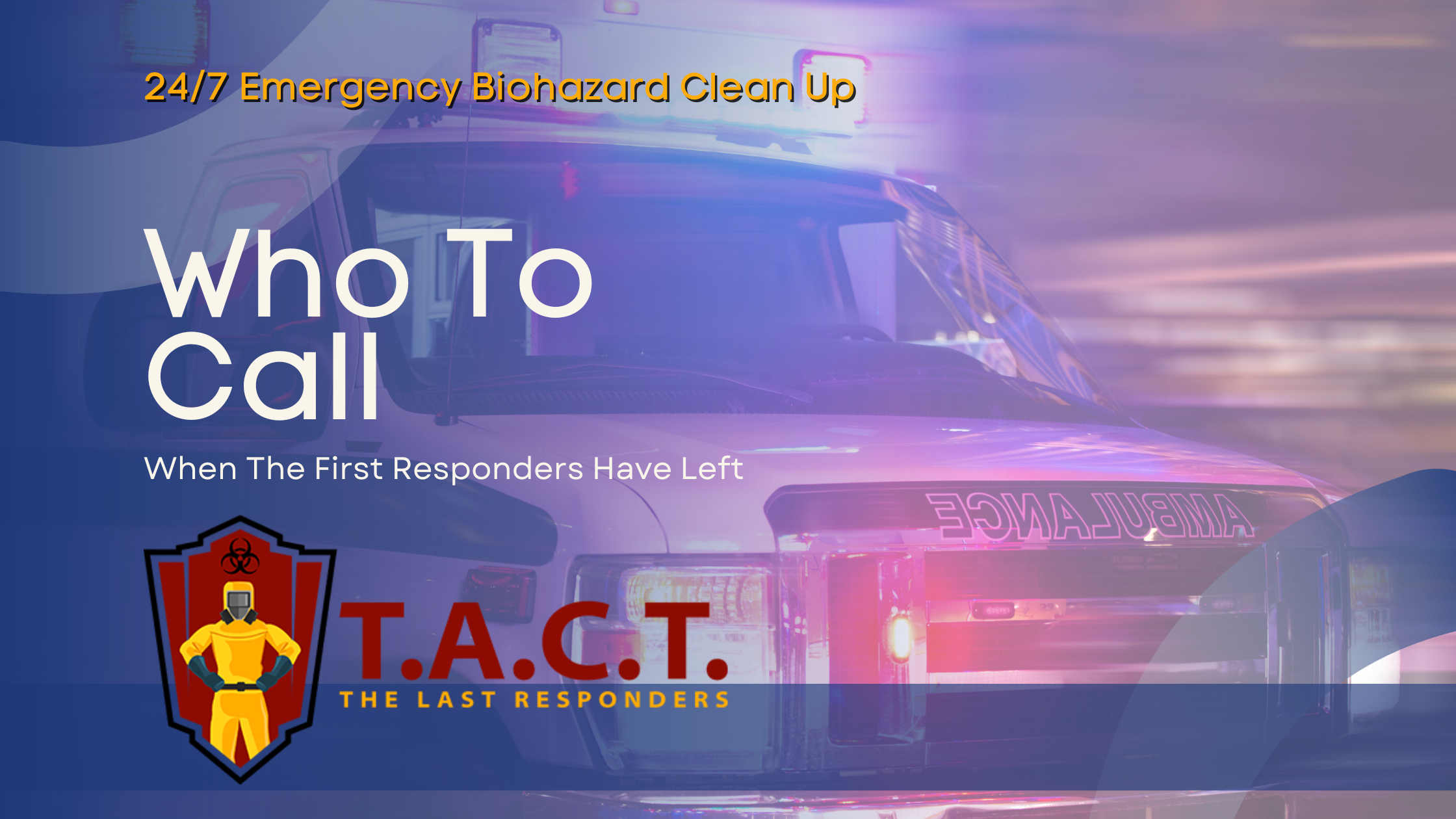The Essential Guide to Mold Remediation & Removal Meta description

A Homeowner's Guide to Mold Damage Removal and Remediation
Finding mold in your home can be distressing. It’s not just an unsightly problem; it can pose significant risks to your property and, more importantly, your family’s health. Mold growth can begin within 24 to 72 hours of water exposure, and its spores can spread quickly, compromising your home’s air quality. In a house, mold can grow rapidly after water damage, making early detection and action essential.
When faced with a mold issue, prompt and effective removal is critical. Water damage is a common cause of mold problems in a house, often resulting from leaks, flooding, or plumbing issues. While it may be tempting to handle it yourself, professional mold remediation is often necessary to ensure the cleanup is both safe and thorough. This guide will walk you through the essential steps of mold remediation, from identifying the problem to preventing it from returning, helping you restore a safe and healthy environment for your loved ones.
Understanding Mold and Its Effects
Molds are types of fungi that thrive in damp, humid environments. A moisture problem is often the underlying cause of mold growth, as excess moisture from leaks, flooding, or poor ventilation allows molds to quickly establish a foothold and create an infestation.
The presence of mold goes beyond surface stains. It can cause significant structural damage to your home by breaking down materials like wood and drywall. More alarmingly, mold releases spores into the air that can lead to a range of health issues, including allergic reactions, respiratory problems, and other serious complications; bacteria can also thrive in these conditions and contribute to health risks, particularly for children, the elderly, and individuals with weakened immune systems. To effectively combat mold, you must first identify and eliminate the source of moisture that allowed it to grow.
Identifying a Mold Problem in Your Home
How do you know if you have a mold problem? Sometimes, the signs are obvious, but mold can also grow in hidden areas. Being vigilant is key to early detection.
Key indicators of mold include:
A persistent, musty odor.
Visible discoloration or dark spots on walls, ceilings, or other surfaces.
Warping or bubbling paint and wallpaper.
Because mold thrives in darkness and moisture, it often grows behind walls, under carpets, or above ceiling tiles. Porous materials like drywall, insulation, and carpet are especially vulnerable. Mold can also affect the structure of the house, including hidden areas behind walls and within the building framework, potentially compromising structural integrity. If you suspect mold but can’t see it, a professional mold inspection is the best way to confirm its presence and determine the type you’re dealing with, such as toxic black mold, which requires immediate, expert attention.
Assessing the Extent of Mold Damage
Once mold is confirmed, the next step is to assess the scope of the damage. This evaluation is crucial for creating an effective remediation plan. A professional assessment will determine how far the mold has spread and which materials have been compromised.
Ignoring mold damage can lead to escalating problems, including severe structural decay and mounting financial costs for repairs. A thorough inspection by a certified specialist will outline the necessary steps for removal, cleanup, and restoration, ensuring that no part of the infestation is overlooked. Professionals with restoration certification are best equipped to handle complex mold damage assessments.
The Dangers of Black Mold
While all mold types are problematic, black mold (Stachybotrys chartarum) is particularly dangerous. This toxic mold can release mycotoxins that cause severe health issues, from chronic respiratory infections to neurological problems.
If you suspect black mold in your home, it is imperative that you do not disturb it. Agitating the mold can release a high concentration of toxic spores into the air. This situation requires immediate professional intervention to ensure the safety of your household and prevent the infestation from spreading further.
How to Prevent Mold Infestations
The most effective way to deal with mold is to prevent it from growing in the first place. Prevention centers on controlling moisture and humidity levels within your home.
Here are some proactive steps you can take:
Control Humidity: Keep indoor humidity levels below 50% using dehumidifiers and air conditioners.
Improve Ventilation: Ensure your home, especially areas like bathrooms and kitchens, is well-ventilated. Use exhaust fans to vent moisture outside.
Fix Leaks Promptly: Address any plumbing leaks, roof leaks, or foundation issues as soon as they are discovered.
Ensure Proper Drainage: Check that your gutters are clean and that the ground around your home slopes away from the foundation.
Clean Regularly: Consistent cleaning and maintenance help prevent mold from taking hold, especially in damp areas. Regular efforts to maintain a dry environment can rid your house of the conditions that allow mold to thrive.
Preparing for Mold Removal
Getting ready for mold removal is a vital part of ensuring the remediation process is both safe and effective. As soon as you discover a mold infestation, it’s important to act quickly to limit mold growth and reduce health risks. Start by identifying and addressing the source of any excessive moisture—whether it’s a leaky pipe, roof, or window—since ongoing moisture problems can lead to further mold issues.
Before the mold remediation specialists arrive, take steps to prevent mold spores from spreading throughout your home. Turn off your HVAC system to avoid circulating spores to other rooms, and open windows to increase ventilation and help reduce condensation in the affected area. Always wear goggles and a mask when near mold to protect yourself from allergic reactions and other health risks.
Clear the affected area of furniture, personal items, and clutter to provide professionals with easy access for mold removal and cleanup. Cover nearby surfaces and doorways with plastic sheeting to contain the mold and prevent cross-contamination during the remediation process. By preparing your home in these ways, you help ensure mold is contained, the cleanup is thorough, and your family’s health is protected throughout the process.
DIY Precautions for Minor Mold Cleanup
For very small areas of mold (less than 10 square feet), a DIY approach may be possible, but it must be handled with extreme care.
If you choose to clean a small patch of mold yourself, follow these safety precautions:
Wear Protective Gear: Always wear gloves, a mask (an N-95 respirator is recommended), and safety goggles to prevent exposure.
Ensure Good Ventilation: Open windows and use fans to circulate fresh air while you work.
Use Appropriate Cleaners: A solution of white vinegar or baking soda and water can be effective. Avoid using bleach, as it may not kill the mold on porous surfaces and can release toxic fumes. When you clean mold, use proper techniques to control dust, as dust can carry mold spores and spread contamination.
Know Your Limits: Never attempt DIY removal for large infestations or if you suspect black mold. In these cases, call a professional immediately.
After cleaning and thoroughly drying the area, painting may be necessary to restore the surface and appearance.
Professional Services for Mold Infestation
For widespread mold infestations, professional remediation is not just a recommendation—it is a necessity. Certified specialists have the training and equipment to handle the problem safely and effectively. Mold remediation services are comprehensive, addressing all aspects of mold identification, containment, removal, and prevention to ensure a healthy, mold-free environment.
A professional service typically includes:
Containment: The affected area is sealed off to prevent spores from spreading to other parts of your home.
Air Filtration: Air scrubbers (such as HEPA units) and vacuums are used to capture airborne mold spores.
Removal and Cleanup: Contaminated materials, such as drywall or carpet, are carefully removed and disposed of. Non-porous surfaces are cleaned and disinfected.
Restoration: The final step involves repairing or replacing any materials that were removed, restoring your home to its original condition.
Hiring professionals provides peace of mind that the job is done right, protecting your family’s health and your property’s value. Advanced techniques and treatments are covered by professional mold remediation services, ensuring thorough and effective results.
Restoring a Safe and Healthy Home
Mold remediation is a comprehensive process that requires diligence and expertise. From identifying the moisture source to safely removing contaminated materials, every step is crucial for success. It is essential to locate and fix the water source to prevent future mold growth and ensure effective remediation. By understanding the causes of mold and taking proactive measures, you can significantly reduce the risk of an infestation.
If you are facing a mold problem, remember that you don’t have to handle it alone. Professional services are essential for ensuring a thorough and safe removal, allowing you to restore a healthy indoor environment for your family. Effective mold damage removal is key to long-term protection. Regular inspections and diligent maintenance are the best defense against future mold issues, protecting your home for years to come.
Final Steps in the Mold Remediation Process
Once the main mold removal and cleanup are complete, it’s essential to follow through with the final steps to ensure your home or business is truly safe and mold-free. Begin by thoroughly drying the affected area—using dehumidifiers to lower moisture levels and prevent future mold growth. This step is crucial, as even small amounts of lingering moisture can allow mold to return.
After drying, treat all cleaned surfaces with specialized solutions or other disinfectants to kill any remaining mold spores and help prevent mold from reestablishing. If porous materials like carpet, drywall, or insulation were affected, they should be replaced to eliminate any hidden mold and restore the integrity of your property. When rebuilding, consider using mold-resistant drywall and paint to further protect against future infestations.
Before considering the job complete, test the indoor air quality to ensure mold levels are safe and the air is free of spores. This final check provides peace of mind that your home or business is healthy and the remediation process was successful. Regular inspections and ongoing maintenance will help prevent mold from returning, safeguarding your property and everyone inside from future mold damage.
Meta data
Meta title
The Essential Guide to Mold Remediation & Removal
Meta description
Discover how to identify, prevent, and safely remove mold from your home. Learn when to call a professional for mold remediation and restoration.



